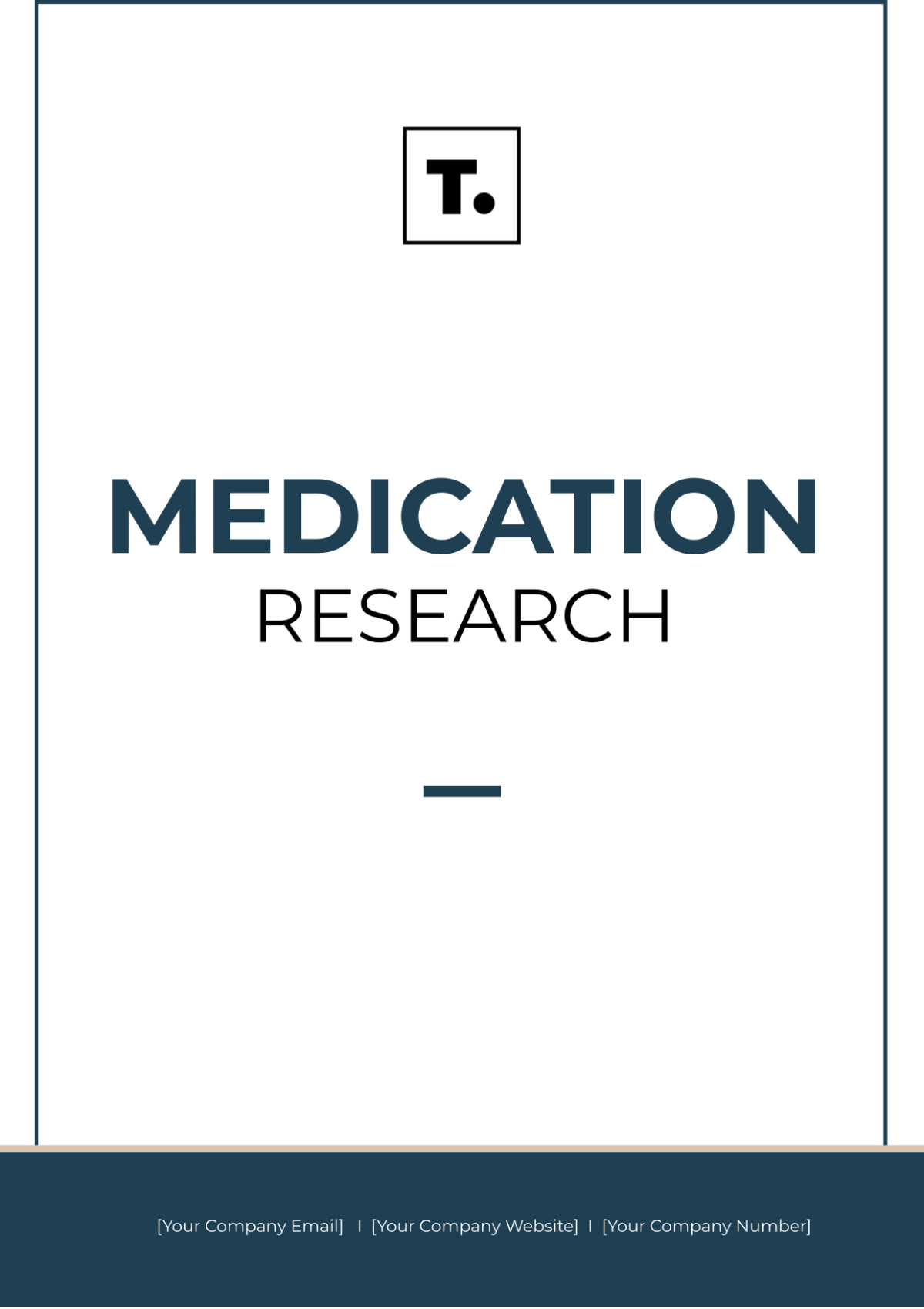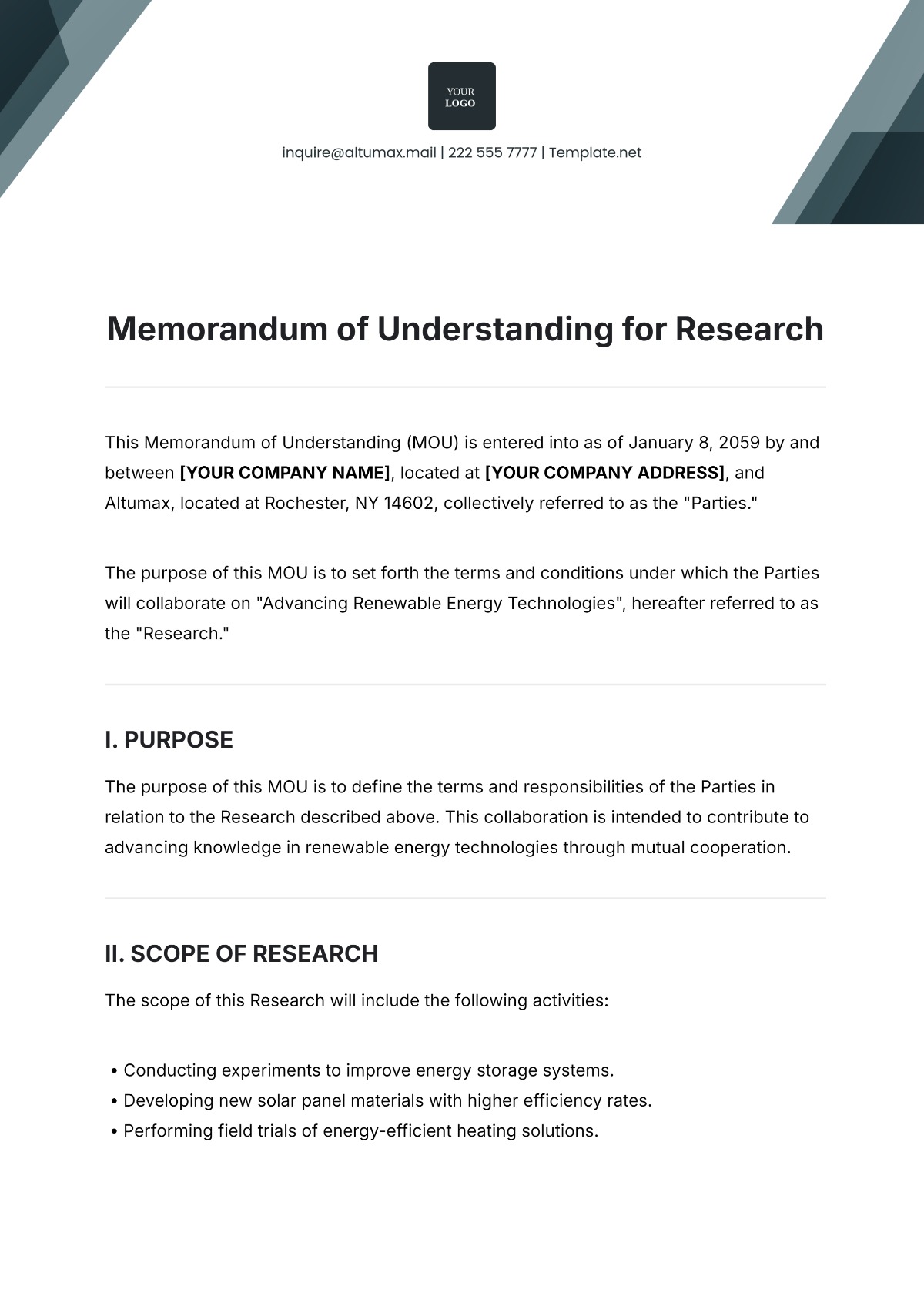Product Lifecycle Action Research
Prepared by: [YOUR NAME]
Date: [DATE]
I. Introduction
Product Lifecycle Action Research is a structured approach to studying and improving the processes and outcomes associated with each stage of a product's lifecycle. This method involves systematic data collection, performance analysis, and the implementation of targeted strategies to optimize products from their inception to the end of their life. The ultimate objective is to enhance product quality, efficiency, and profitability.
II. Objective
The primary objective of Product Lifecycle Action Research is to improve product quality, efficiency, and profitability throughout the entire lifecycle of a product. This includes:
Enhancing Product Quality: By identifying and addressing issues at each stage, ensuring that the final product meets or exceeds market standards.
Increasing Efficiency: Streamlining processes to reduce waste, accelerate time-to-market, and lower overall costs.
Maximizing Profitability: Implementing strategies that lead to higher returns on investment by optimizing product performance and reducing costs.
Supporting Data-Driven Decisions: Utilizing empirical data to guide strategic planning, making informed decisions based on evidence rather than intuition.
Fostering Customer Satisfaction: Developing products that align with market needs and customer expectations, thereby increasing customer loyalty and satisfaction.
III. Stages of Product Lifecycle
Product Inception
Product Development
Product Launch
Market Growth
Maturity
Decline
End-of-Life
IV. Product Lifecycle Action Research Framework
This framework involves several key steps essential for improving product performance and achieving business objectives:
Data Collection: Gathering quantitative and qualitative data on product performance.
Analysis: Assessing collected data to identify areas for improvement.
Strategy Development: Formulating strategies to address identified issues.
Implementation: Executing the strategies in a structured manner.
Monitoring and Evaluation: Continuously assessing the effectiveness of implemented strategies.
V. Key Metrics for Each Stage
Stage | Metrics |
|---|---|
Product Inception | Market demand, Concept feasibility, Initial investment |
Product Development | Development time, R&D cost, Prototype performance |
Product Launch | Marketing metrics, Sales volume, Customer feedback |
Market Growth | Market share, Revenue growth, Customer satisfaction |
Maturity | Profit margins, Market competition, Product upgrades |
Decline | Decreasing sales, Product relevance, Phase-out strategy |
End-of-Life | Discontinuation costs, Inventory management, Customer transition plans |
VI. Benefits of Product Lifecycle Action Research
Implementing Product Lifecycle Action Research provides several advantages:
Enhanced Product Quality: Continuous assessment and improvement lead to higher product standards.
Increased Efficiency: Optimized processes reduce waste and improve time-to-market.
Improved Profitability: Better products and efficient processes result in higher returns on investment.
Data-Driven Decisions: Empirical evidence guides strategic planning and execution.
Customer Satisfaction: Products that meet market needs and expectations foster customer loyalty.
VII. Conclusion
Product Lifecycle Action Research is a vital methodology for businesses striving to refine their product offerings and enhance their operational efficiency. By systematically collecting data, analyzing performance, and implementing strategic improvements, organizations can ensure that their products achieve success throughout their lifecycle, from inception to end-of-life.
VIII. References
References should be formatted according to your preferred citation style, such as APA, MLA, etc.
Smith, J. A. (2052). Product Lifecycle Management: A Comprehensive Guide. Business Press.
Doe, R. (2051). Innovations in Product Lifecycle Action Research. Journal of Product Development, 15(4), 123-145.
Brown, L., & Green, T. (2050). Optimizing Product Performance through Data-Driven Strategies. TechBooks Publishing.

















































